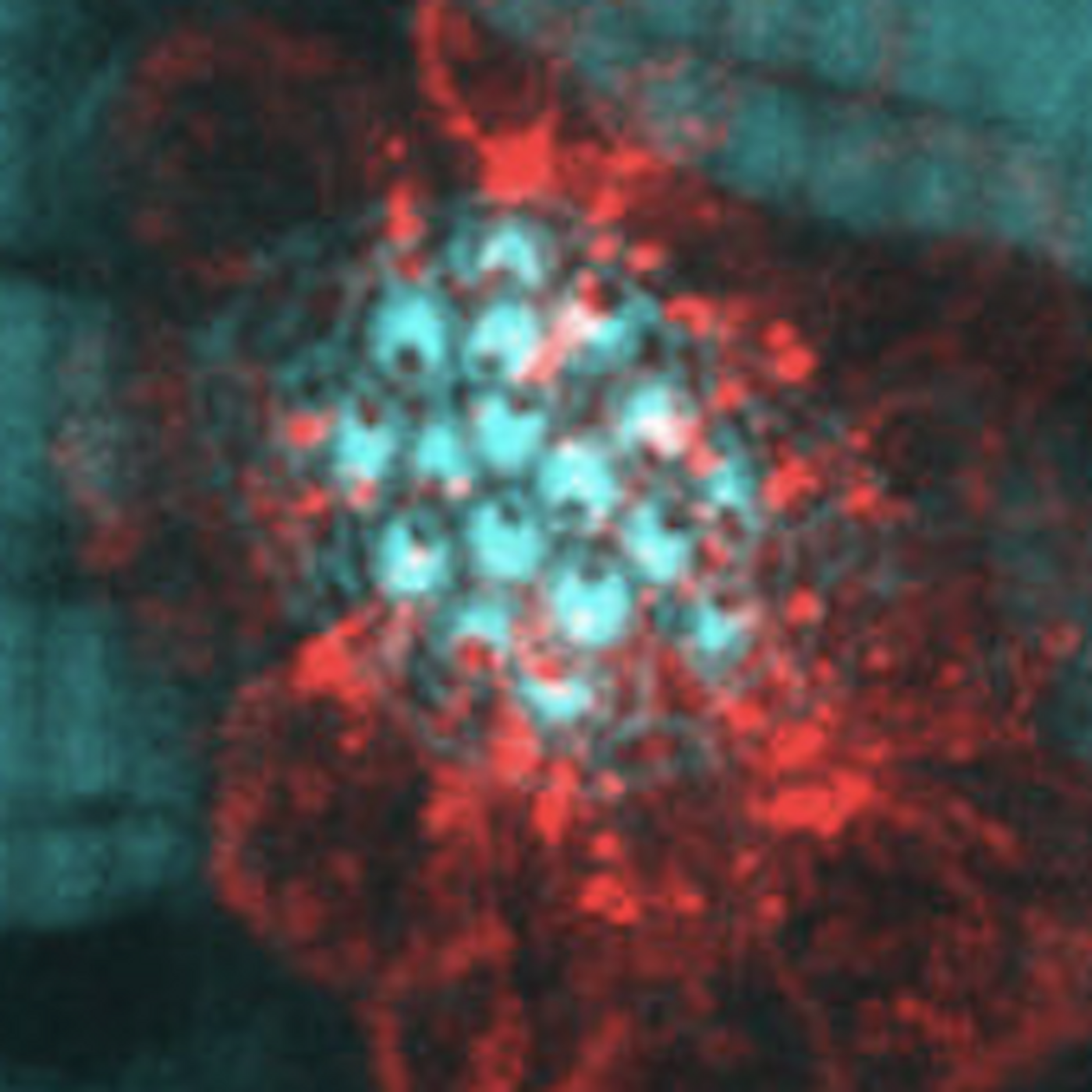Zebrafish Help Researchers Learn More About Hearing
Zebrafish don’t seem to have a lot in common with people, but they make an excellent research model and have enabled researchers to learn more about many different human disorders. One area where zebrafish have illuminated discoveries is the physiology of hearing. Researchers have now revealed more about this system: a human gene that has a similar or orthologous zebrafish gene functions to help relay the sensation of water movement to the brain in fish. This gene, tmc2b, encodes a protein that allows zebrafish sense the direction of water flow. Human cells also use the protein to sense a range of different sounds.
The protein the tmc2b gene encodes for is located in human hair cells, which act in the ear to perceive sound. When humans carry mutations in that gene, deafness can result. Zebrafish sense the flow of water with hair cells that are all over their bodies. But this new work, by investigators at Case Western Reserve University School of Medicine, has determined that the hair cells that face in different directions also use the sensation gene a bit differently.
"We found detection of water flow from the front of the fish is more dependent on the zebrafish gene tmc2b than water flow from the back of the fish," said Brian McDermott Jr, Ph.D., an Associate Professor of Otolaryngology at Case Western Reserve University School of Medicine and University Hospitals Cleveland Medical Center. "Water flowing from the front of the fish accompanies forward swimming, therefore, it is routine. But water coming from the rear could mean a predator in pursuit. Zebrafish, therefore, use different molecular mechanisms to distinguish water flow direction."
In new work published in Nature Communications, McDermott and Ruben Stepanyan, Ph.D., an Assistant Professor of Otolaryngology at Case Western Reserve University School of Medicine investigated how hair cells sense water movement. These mechanical waves get converted into signals that travel to the brain, using genes that function in mechanotransduction. Tmc2b is one such gene. While different genes are used by hair cells that have different orientations, tmc2b is critical for the transmission of signals from hair cells to the brain.
"Not all hair cells are the same. They are different based on the direction they face, and that is key to detecting the direction of water flow," McDermott explained. This work shows that the central function of tmc2b may explain its role in genetic deafness. "Our findings are directly connected to human hearing," McDermott noted. "We studied a zebrafish gene that is analogous to a human gene that causes deafness, and here we show the defect is in the process of mechanotransduction."
The data collected by the scientists was used to create a map of mechanosensation among hair cells of zebrafish. It could help future work investigating deafness with a genetic cause.
"Zebrafish hair cells are particularly accessible for experimentation, unlike hair cells of the ear of mammals, so they offer a special advantage. You can study the development and functioning of intact hair cells to a higher level in fish than those of the mammalian ear,” said McDermott.
Fish sense patterns in water flow using hair cells; these cells help humans hear and may be helping us discern differences in sounds. "In mammals, hair cells are the sensory cells of the ear," McDermott said. "Our findings suggest that in mammals, including humans, there may be molecular differences between hair cells that allow us to hear the wonderful range of sounds that we enjoy."
Learn more from the video below about an unrelated study investigating hearing by using a zebrafish model.
Sources: AAAS/Eurekalert! Via Case Western Reserve University, Nature Communications









